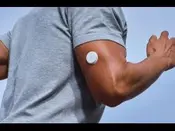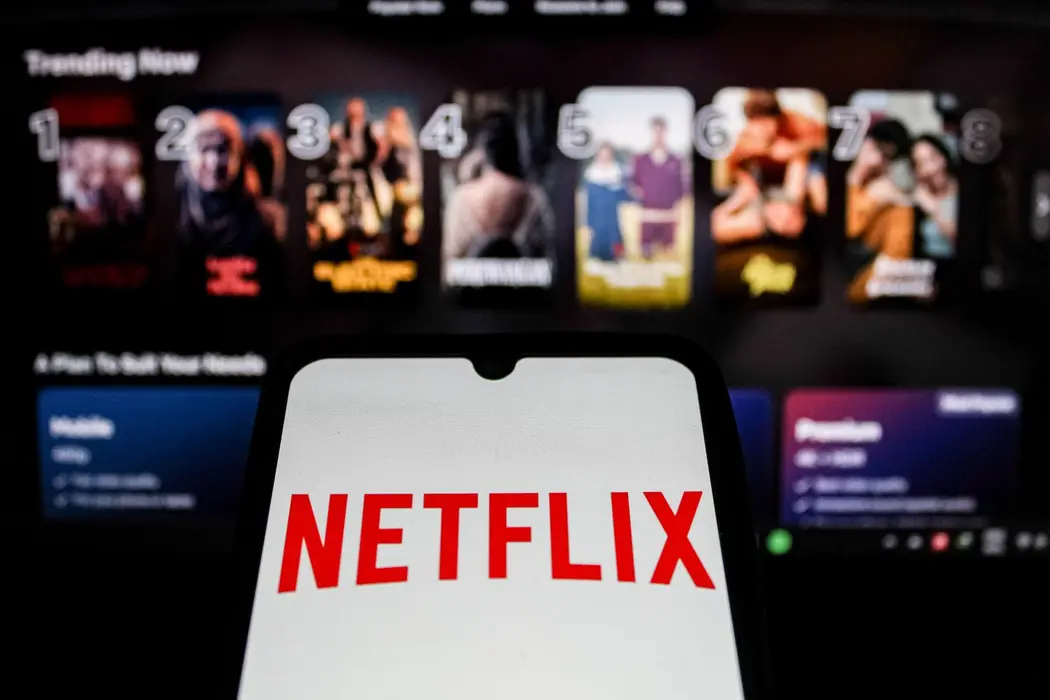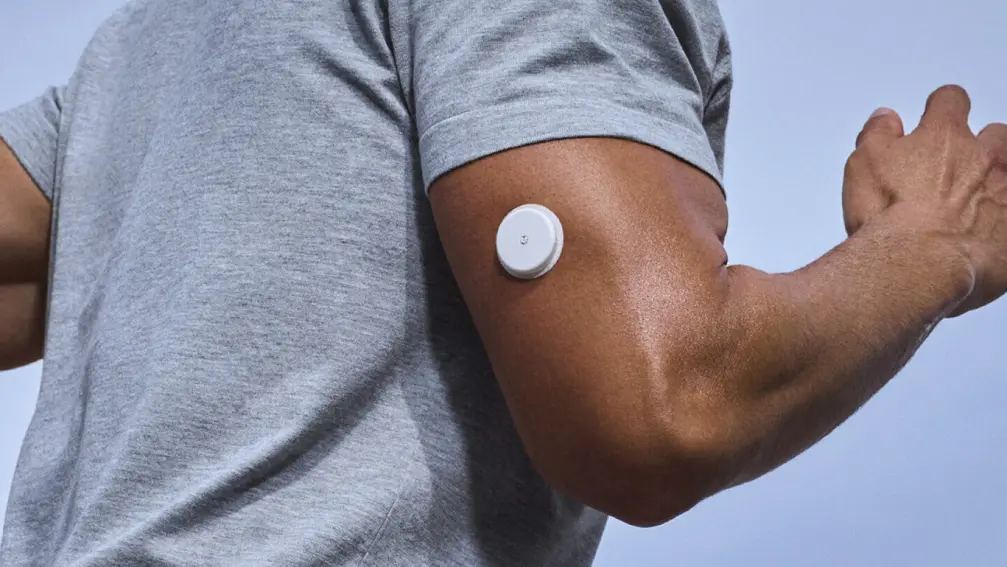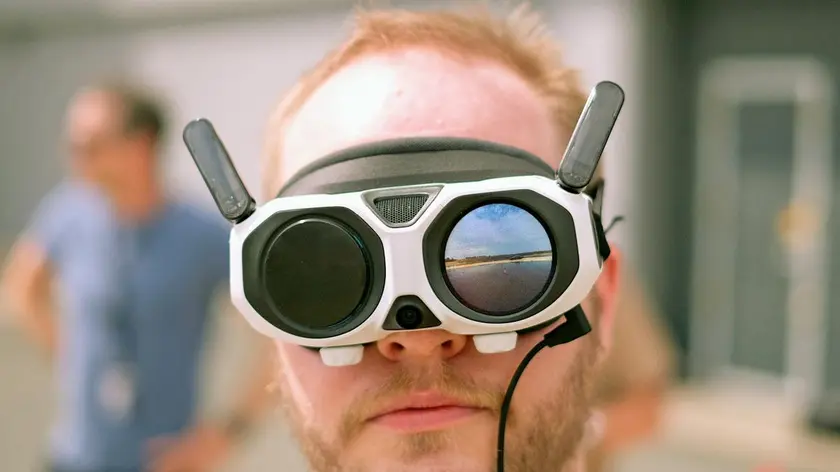T4K3.news
CGMs move to consumer health data
Over the counter glucose monitors reach more users, but experts warn about misinterpretation and the need for guidance.

AP examines how continuous glucose monitors have shifted from medical tool to everyday data device and what that means for non diabetic users.
Glucose Monitors Move From Clinic to Consumer Gadgets
The patch sized device tracks glucose in the tissue under the skin and sends readings to an app every few minutes. It has been available since the late 1990s for diabetes care and last year the first over the counter versions were approved, opening the market to health minded consumers at about one hundred dollars a month. Marketers have pitched CGMs as a way to learn how food and activity affect blood sugar, drawing in users without a diabetes diagnosis and lifting the devices into everyday life.
Doctors warn that this data can be misinterpreted. Some say healthy people may overreact to normal post meal swings, and readings can be inaccurate. There is no agreed standard for what is optimal in non diabetic people, and experts emphasize that a CGM cannot diagnose or treat disease. Before using one, patients should ask what they hope to gain and how they will use the data in their health decisions.
Key Takeaways
"The problem with wearing these is that you can just be zooming in on and creating pathology when it’s not there."
Dushay cautions about misinterpretation by non diabetics.
"No one knows what’s optimal in the nondiabetic state."
Kessler on the lack of established targets for non diabetics.
"After a large meal, you may watch your blood sugar go up and sort of learn something about yourself."
Vidmar on learning from CGM data.
"Of the people who are using a CGM, the vast majority of them don’t have a diabetes diagnosis."
Fabry on consumer use.
The rise of consumer CGMs reflects a broader trend: people want more control over health data. The devices blur the line between medical care and lifestyle analytics, raising questions about health literacy and medical guidance in a data saturated world. While the potential for early awareness and behavior change exists, there is clear risk of chasing numbers without medical context. Policymakers and doctors will need to clarify how these tools should be used, who benefits most, and how to protect users from false reassurance or unnecessary anxiety.
Highlights
- Glucose data is a guide not a prognosis
- Data without context can mislead more than it helps
- This tool needs guidance not fear
- Access comes with responsibility and limits
Public health and consumer data risks
The rise of over the counter CGMs for people without diabetes raises concerns about misinterpretation, privacy and marketing claims. Guidance is needed on how to use data and when to seek medical advice.
As data moves into daily life, guidance on use and interpretation will matter as much as the devices themselves.
Enjoyed this? Let your friends know!
Related News

S&P 500 Closes Mixed Following Earnings Reactions

Rise in glucose monitor usage among non-diabetics reported

Bitcoin Price Forecast for August

Tech crossover drives new consumer trends

Vaccine injury spurs class action

Study reveals why Americans gain weight despite calorie burn

Coca-Cola to introduce cane sugar Coke after White House push

Trump policy wins met with looming backlash
